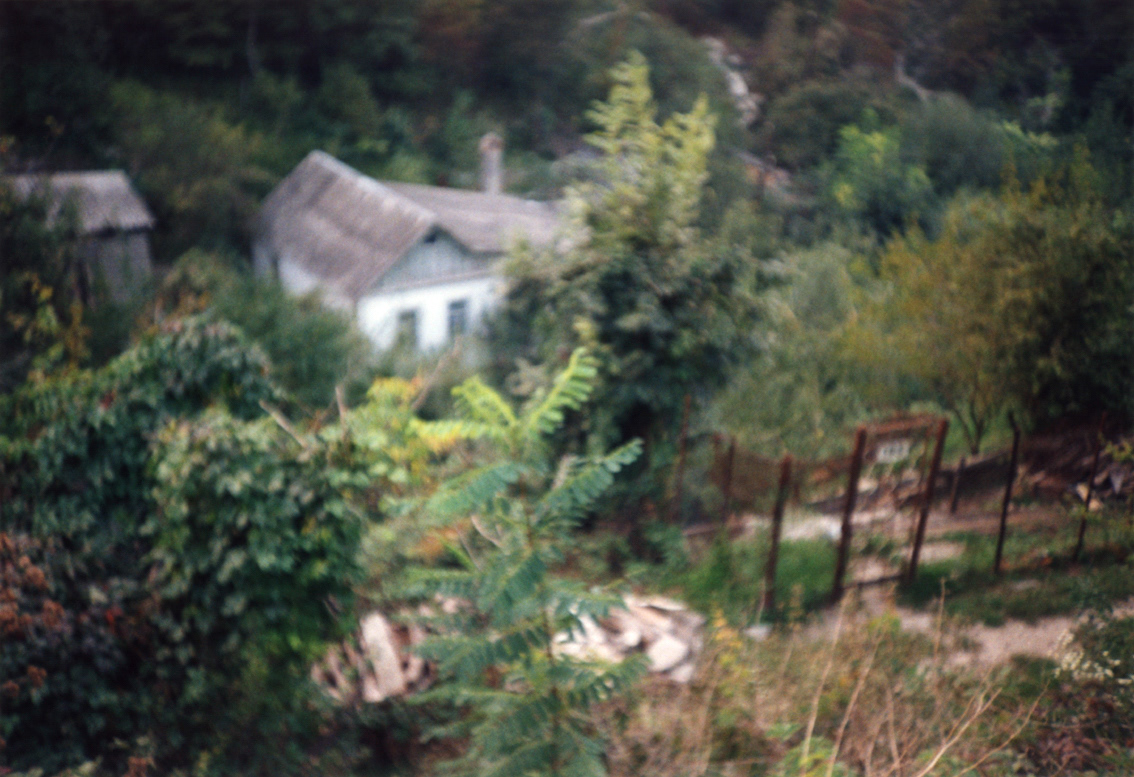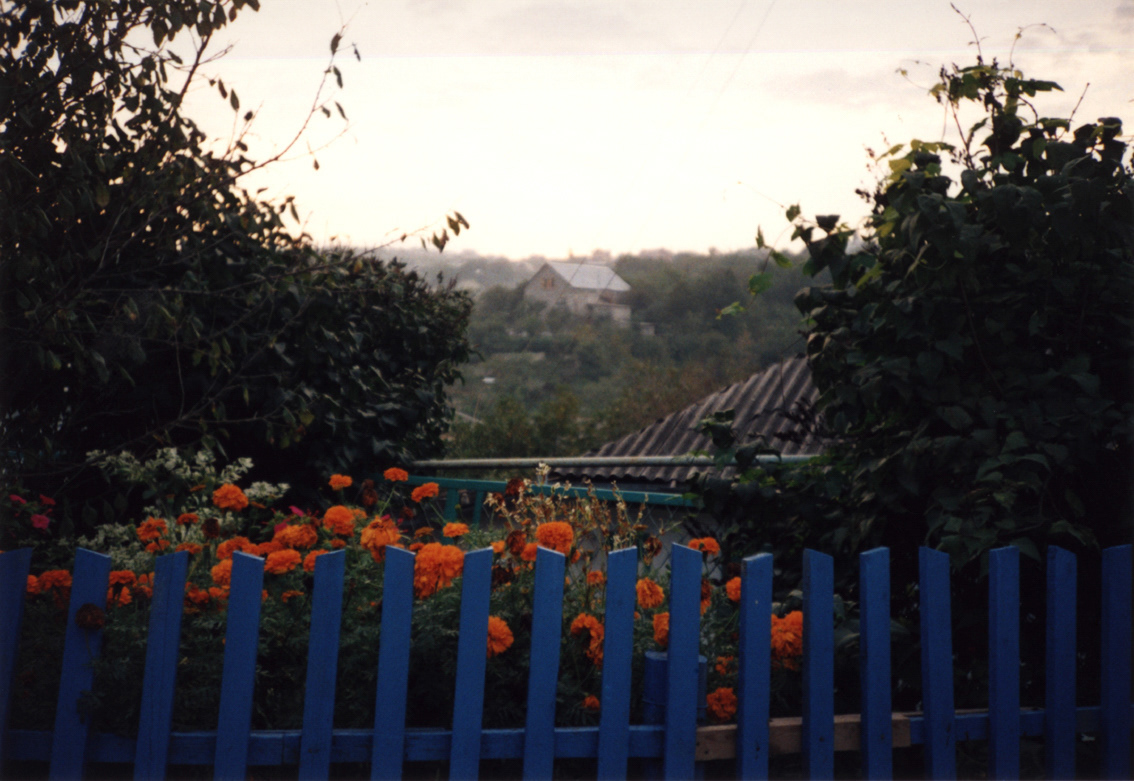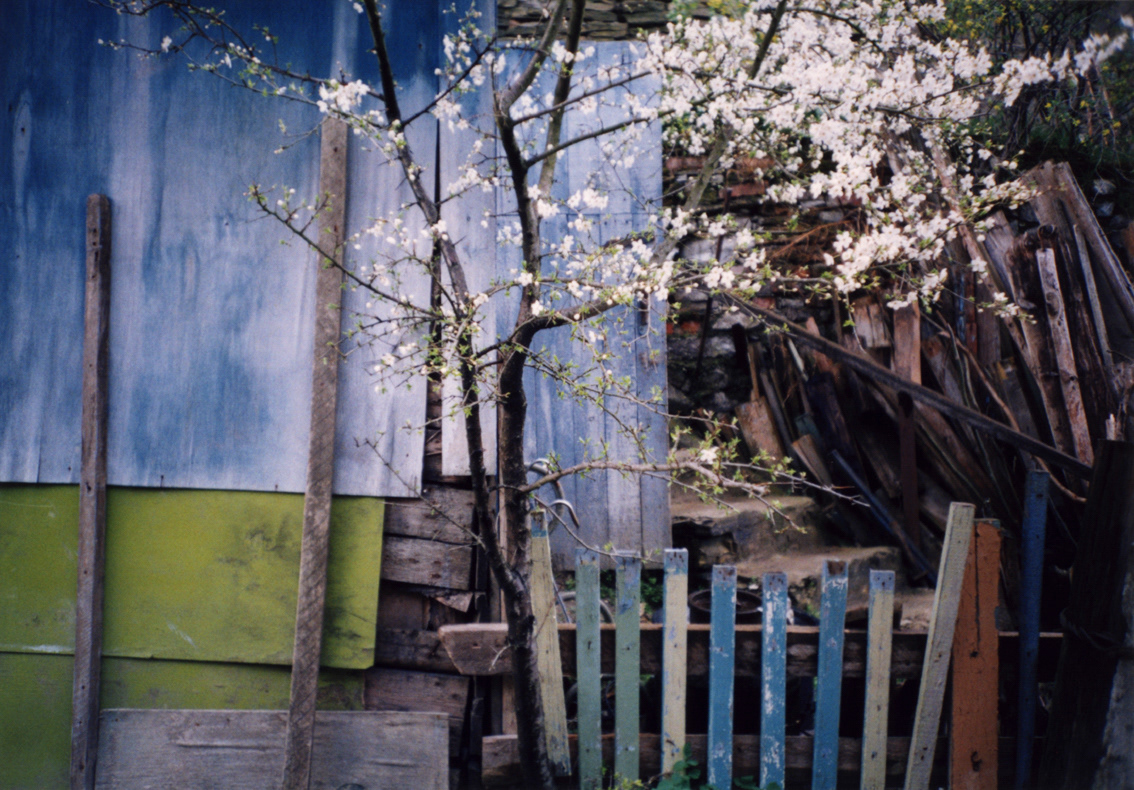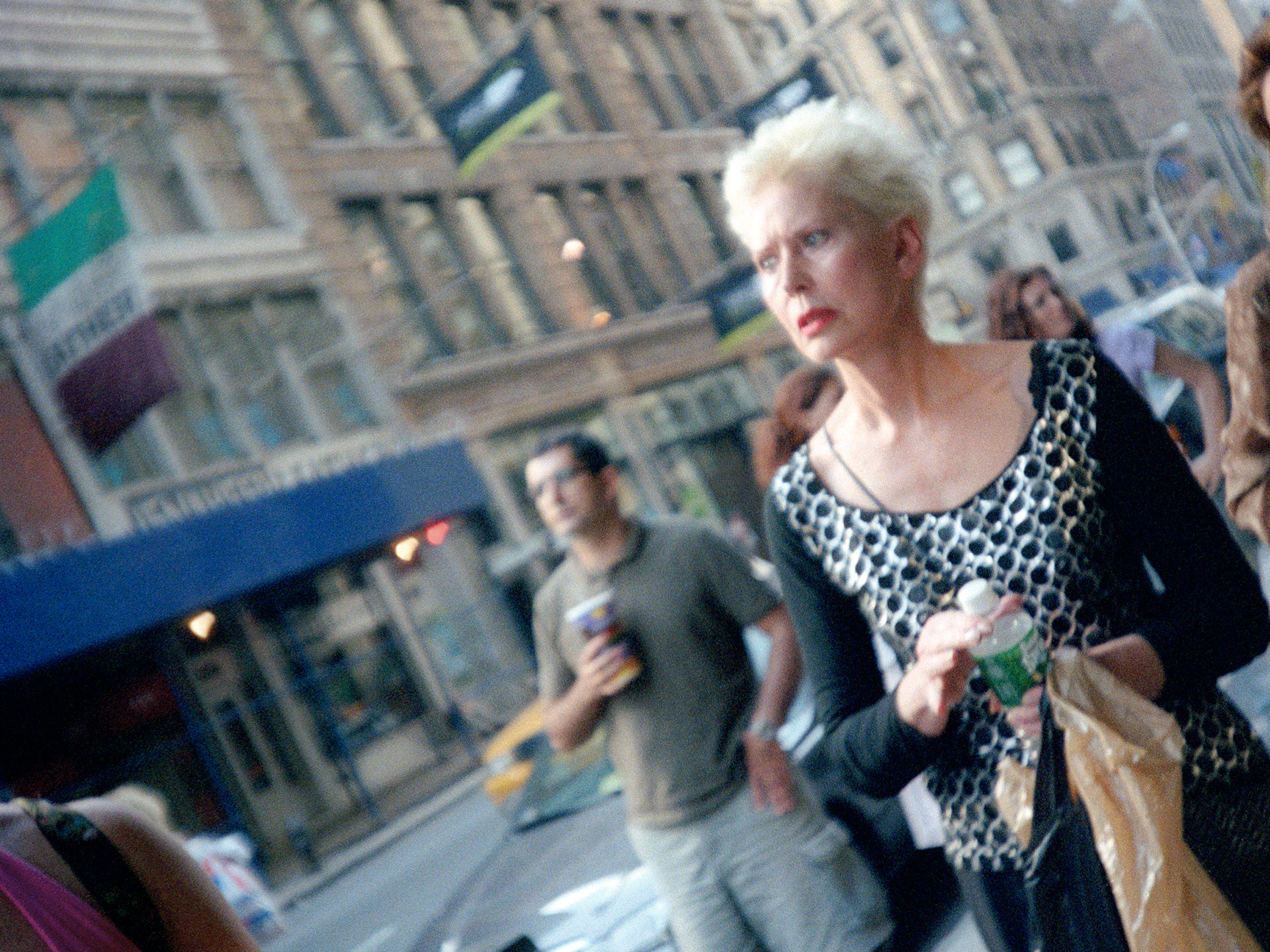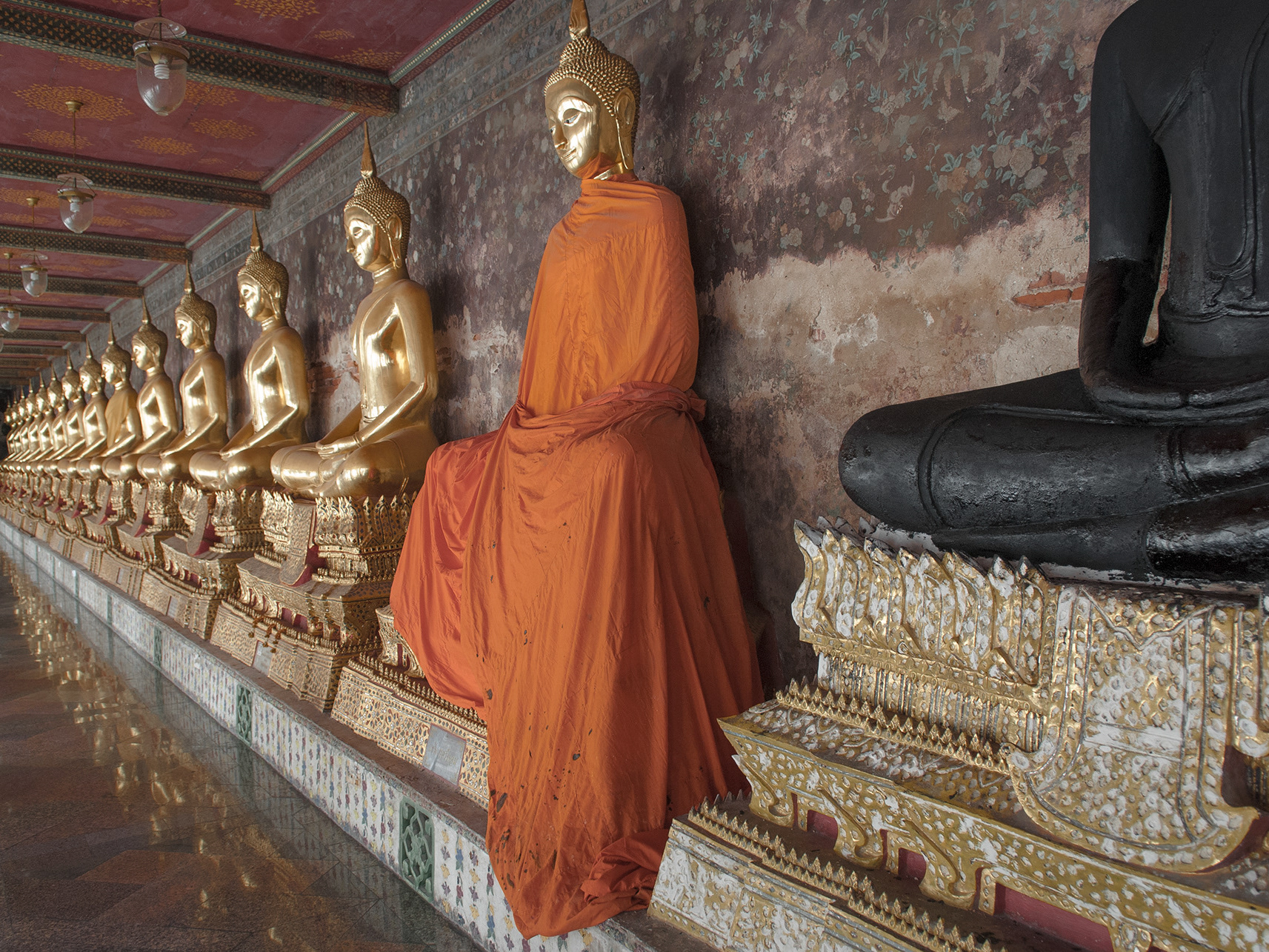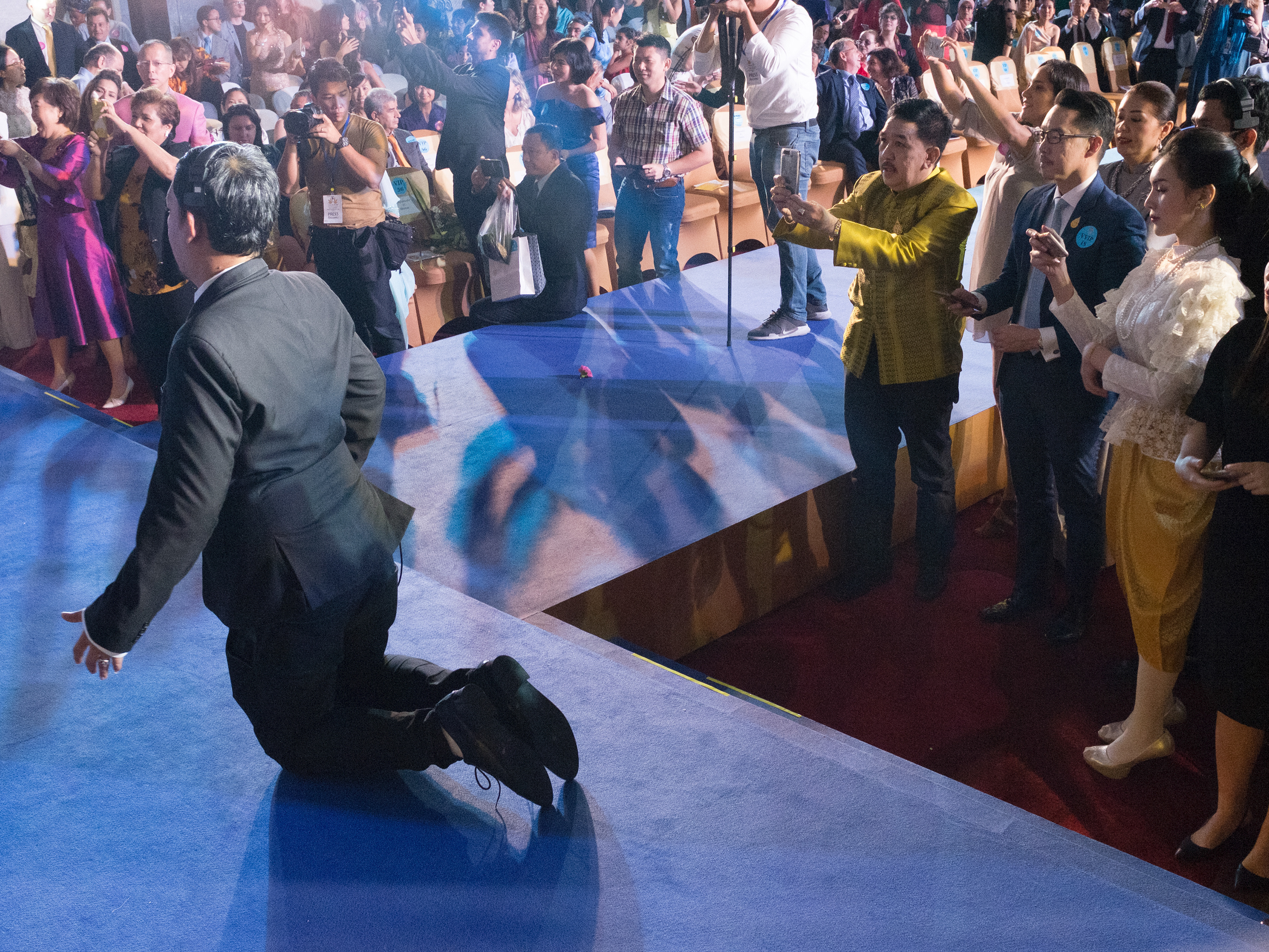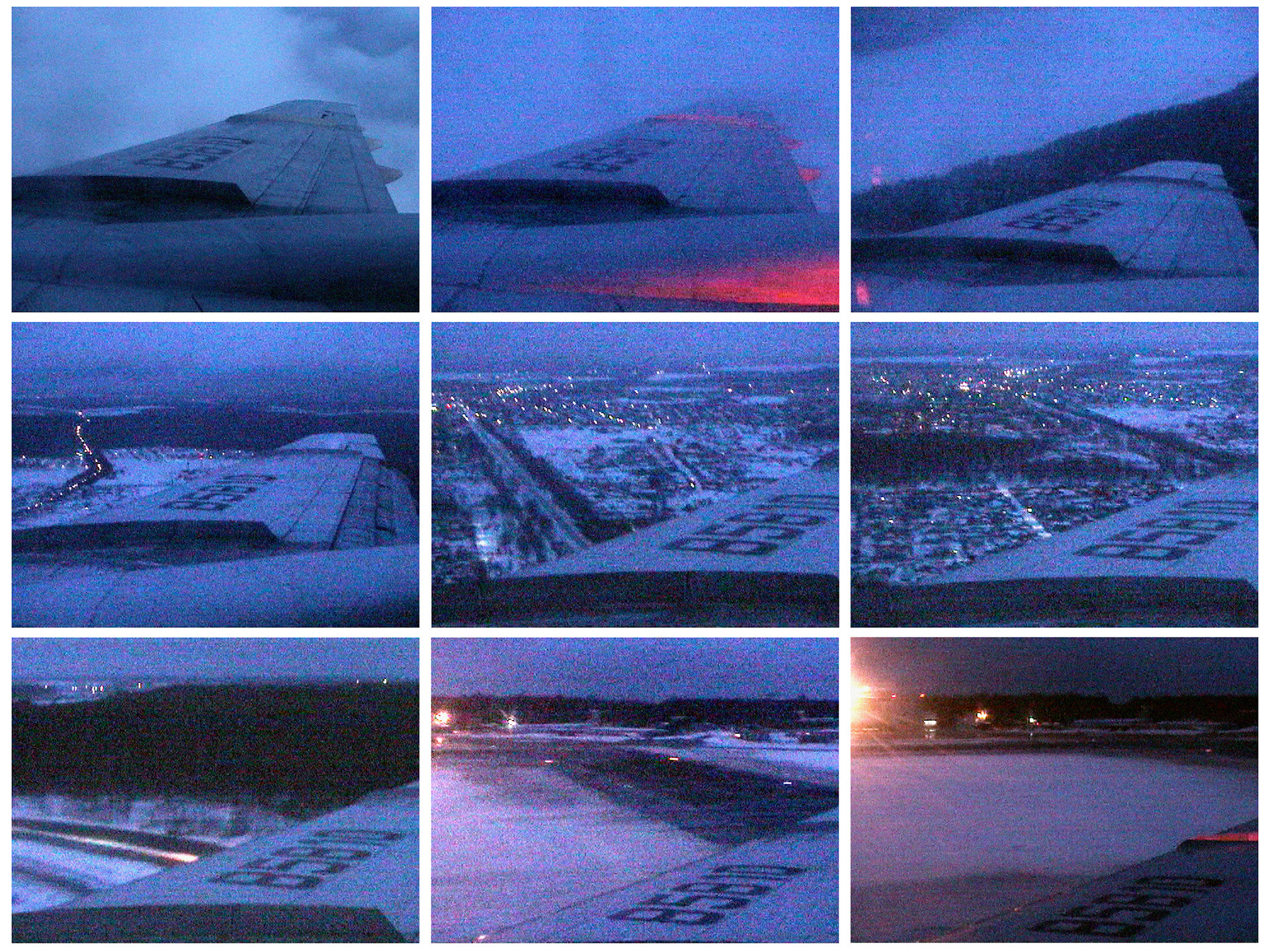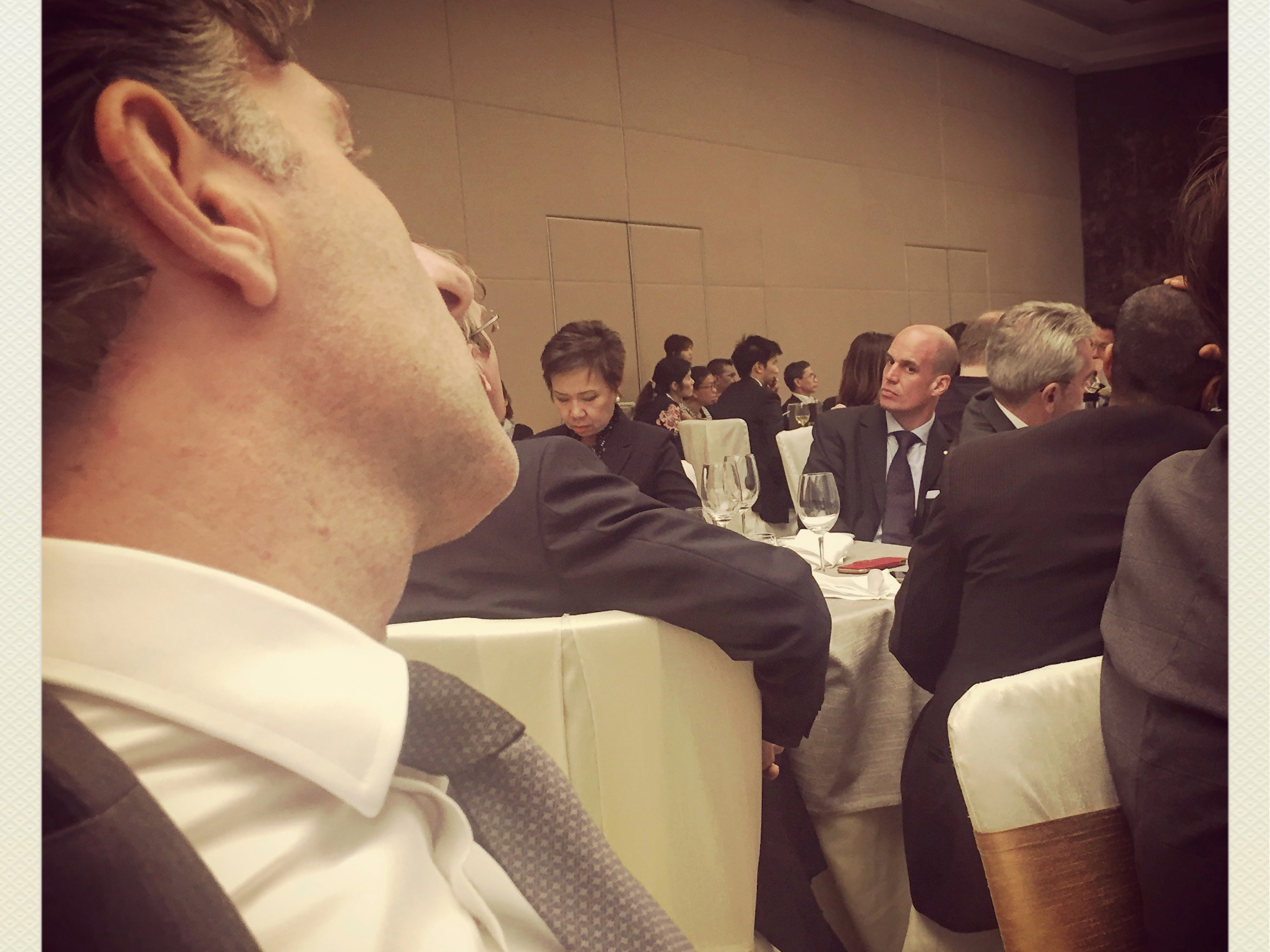Reversible is a photo project made in 2001-2002
20 color images were produced of persons living in the southern Russian port of Novorossisk, each printed together with a snapshot of the photographer, taken by the person portrayed, during the same encounter.
The LOMO LC-R camera and Konica Centuria 200 ASA color film were used. The photos were developed and printed in a local one-hour photo lab and the final images printed on a one-cylinder offset printing press.
The images were first shown at the Etoile Toy Gallery in Florence, curated by Giuliano Serafini. A video projection of films taken during trips around the area of Novorossisk provided the backdrop of a specially choreographed dance performance for the opening night of the exhibition.
ARTIST’S STATEMENT
After having lived in the port of Novorossisk for about a year in an official capacity as Consul General of Greece for the South of Russia, I realized that despite my detailed knowledge of the politics and the business in the area, I had no understanding of the life of the people in the city, nor did I have any contact with them. I felt a deep unreality in my being there, something like being a sort of a ghost whose movement inside that environment had been undetectable and which would leave not trace of its passage after its departure.
Doing cityscapes or simply taking portraits of the people of Novorossisk did not seem to do. I felt I had to document encounters rather than author images and in the process inscribe my own self in the city’s environment.
At the same time I personally felt that the photography coming out of the Eastern European countries involving portraits of people, was obscuring the identity of the photographer and in the process was clouding the exact kind of filtering that inevitably took place between the raw material and the collection of final images.
My approach in contrast was to make manifest the identity of the photographer and to approach the subject in an objective, quasi-sociological, as far as possible, way, noting the modes in which significant departures from that framework occurred.
The persons encountered were approached with the help of an interpreter. We explained what we wanted of them and asked a number of questions. Some responded by agreeing to photograph and be photographed. Many refused. All of their reactions and replies were recorded.
As it was felt that it was worth being aware of and recording the modes of truth or significant falsity that were to be found during the encounters, so it was also clear that there was a case to be made for incorporating within the final images, the technical possibilities for graphic reproduction in the region where the encounters took place. Thus a central principle in the realization of the project was to use only what material or technical knowledge was commonly locally available. A typical one-hour photo lab was chosen and left free to print the images without any instructions while a local printing press undertook to scan and produce the final offset prints to the best of their ability on what proved to be an old one-cylinder printing press (a fact which the owners of the press did their best to hide). The final images were printed at the maximum dimensions the press could handle. They depict the person photographed side by side with the photograph that the subjects shot of the photographer during the encounter. Below the portraits are printed the subject’s name, age and profession in Russian and English as well as statistical data relevant to the particular encounter or session.
In this way the final portraits incorporate both in concept and materially all of the filters that were operative in that environment.
The ambience of the town
Lomos of the surroundings, shot during the taking of the portraits
